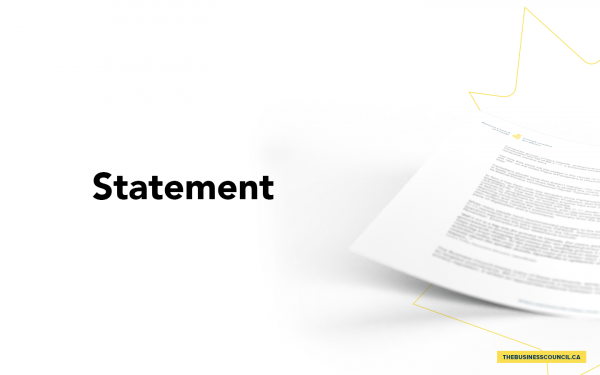Ottawa has abandoned any pretence of controlling its spending
Just last year, Finance Minister Chrystia Freeland unveiled a series of fiscal anchors – measures intended to project an image of fiscal responsibility. Yet, as Ms. Freeland admitted on Tuesday, those fiscal anchors have been essentially cast aside in light of the upcoming fall economic statement. This is the most worrying signal yet on how the government will miss its self-imposed fiscal target of keeping the deficit at $40-billion by 50 per cent and for the third time in four years.
In October, the Parliamentary Budget Officer said the government was already on track to miss that target, putting the deficit at $46.8-billion. But Ms. Freeland’s comments on Tuesday suggest the situation is worse.
While declining to commit to most of the fiscal-anchor pledges, Ms. Freeland said the government would meet the debt-to-GDP-ratio target of 42.1 per cent. What Ms. Freeland didn’t say was that GDP came in $45-billion more than expected. So, using the same ratio, that implies a deficit of up to $60-billion for the last fiscal year.
Fiscal responsibility has long been heralded as a cornerstone of sound governance. Yet, over the past few years, the federal government has consistently prioritized short-sighted decisions over long-term fiscal and economic stability. While extraordinary circumstances such as the COVID-19 pandemic necessitated emergency spending, the absence of a coherent plan to transition back to fiscal discipline has left the country ill-prepared for emerging challenges.
Canada’s deficit is not merely a number; it is a reflection of systemic overspending and a lack of fiscal foresight. Unlike deficits incurred during times of national crisis, this shortfall is largely structural, driven by spending commitments that were neither time-limited nor adequately funded. Programs rolled out with little regard for sustainability have locked the government into perpetual increases in expenditure.
This approach has eroded Canada’s fiscal buffer, leaving the country vulnerable to external shocks. President-elect Donald Trump’s threat of renewed tariffs on Canadian goods could deliver a significant blow to an already fragile economy.
Compounding these challenges is the increasing pressure from NATO allies to meet the 2-per-cent defence spending target much faster than currently planned. For years, Canada has lagged behind, contributing approximately 1.3 per cent of its GDP to defence. While this discrepancy has been tolerated in the past, geopolitical tensions and shifting global alliances are making our allies less forgiving.
The economic headwinds facing Canada are not limited to external threats. Domestically, the unemployment rate – now approaching 7 per cent – is a harbinger of a broader economic slowdown.
It doesn’t have to be this way. Reclaiming control over public spending will require a fundamental shift in how the federal government approaches fiscal policy. First and foremost, it must adopt a clear plan for deficit reduction.
One area ripe for reform is the government’s approach to program spending. A comprehensive review of existing programs is needed to identify inefficiencies and ensure that resources are directed toward initiatives that align with national priorities. Similarly, the government must resist the temptation to introduce new spending commitments without a corresponding plan to fund them sustainably.
In recent years, the government has ramped up counter-cyclical spending at the wrong times, particularly during periods of higher interest rates. Rather than focusing on long-term productivity gains, the government increased spending focused on boosting consumption instead. For example, even as the economy rebounded after the pandemic, government spending fuelled consumer demand, but did little to enhance the economy’s productive capacity.
The problem with this strategy – manifest with the latest GST temporary exemption on certain goods – is that it stimulates consumption without addressing underlying productivity challenges. Meanwhile, the rising debt burden limits Canada’s ability to act during future economic slowdowns and unforeseen circumstances.
Canada faces several structural economic headwinds. One major challenge is the country’s aging population, which is putting increasing pressure on public services and social programs as the work force shrinks and the number of retirees grows. Additionally, Canada’s reliance on the U.S. for trade leaves the country vulnerable to changes in global trade dynamics and geopolitical tensions.
One of the implications of the federal government’s fiscal imprudence is the significant uncertainty it yields to economic and fiscal stability, as rising debt levels and unsustainable spending will undermine investor confidence, limit future policy flexibility and increase vulnerability to economic shocks.
This week’s abdication of fiscal responsibility couldn’t come at a worse time for our country.








